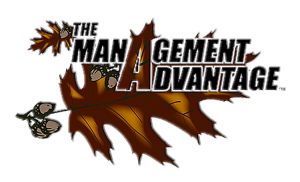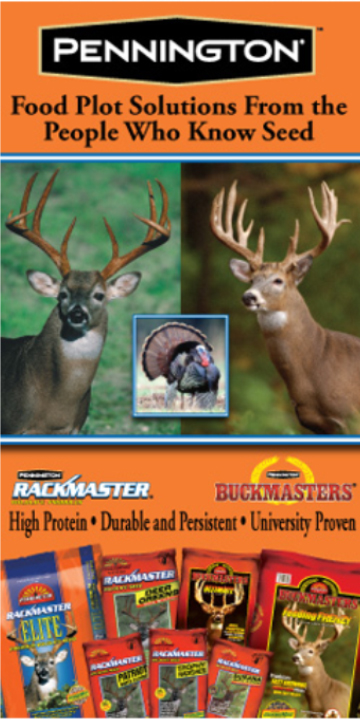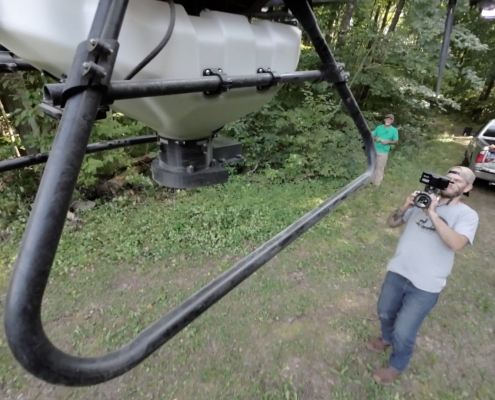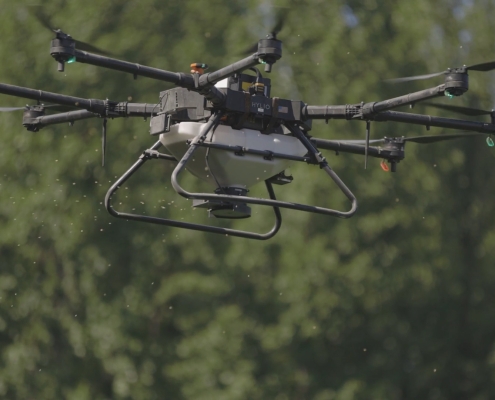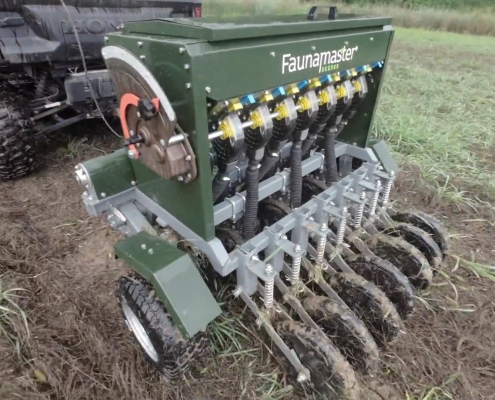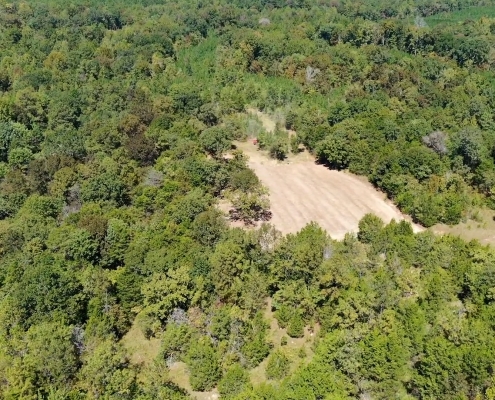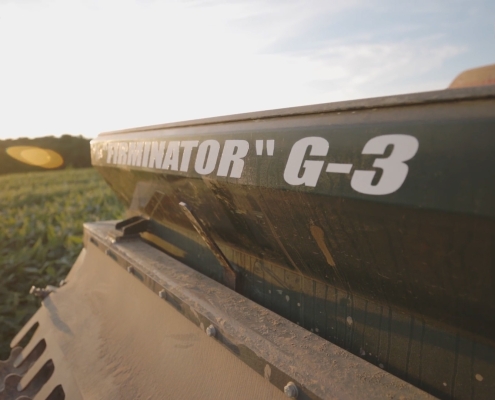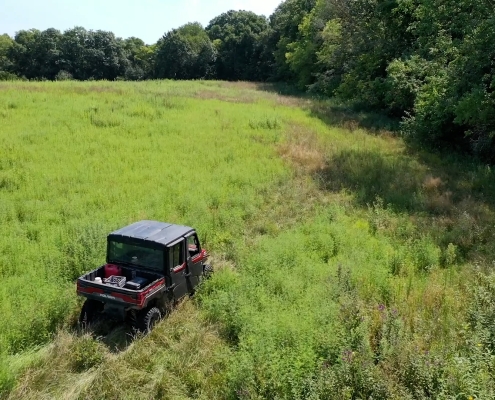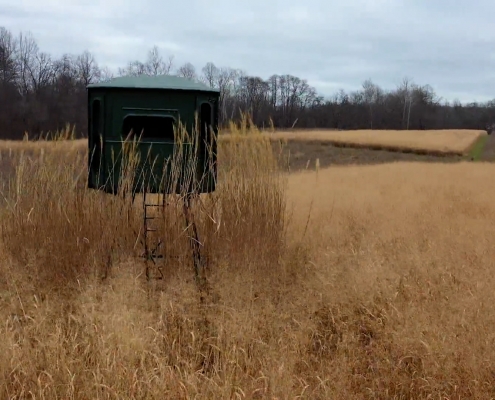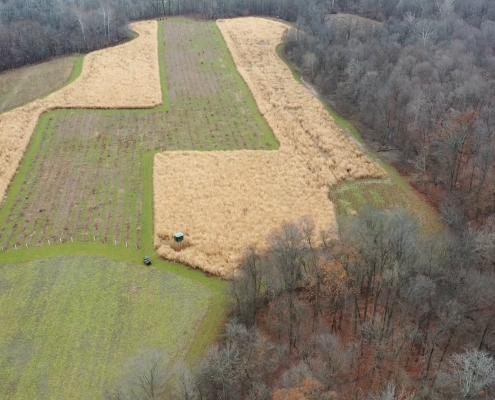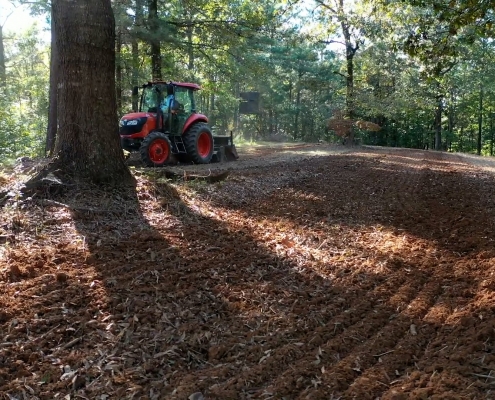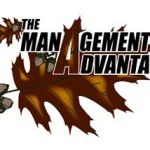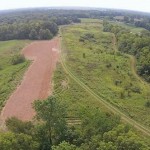Planting Trees For Wildlife
The key to any piece of property is having the key elements of what a whitetail needs. A landowner needs to identify a property’s strengths and weaknesses then work to fill those. In the case of this property, cover is abundant, but hard and soft mast is sparse. This week, we’re working with Allen Deese of The Wildlife Group on planting mast producing trees to increase the long-term food source.
Planting trees is more than just digging a hole and covering a rootball. Careful planning and care must be taken to ensure success. The best time to plant trees is in late fall or winter when trees are dormant. We planted AU Buck Series Chestnuts from The Wildlife Group which offer a continuos drop through the months of September, October, and November. When planting these trees or any trees, be sure to keep the base of the planted tree an inch or so above the soil. Over time, the soil will settle and if you plant the root ball flush with the soil, a depression will form around it and could kill the tree.
For your already planted trees, pruning will help ensure proper growth and peak production. Remove protective tubes and any debris that might have collected. Carefully prune any suckers that may be growing from the base of the tree. Cut interior limbs to open up the tree and allow sunlight to reach all parts. Doing so will help growth and allow the tree to produce fruit from all parts rather than just the exterior. When making these cuts be sure to cut them at an angle that prevents water from collecting. If water were to collect on a cut, over time, it could cause disease and rotten spots that could kill the tree.
Planting fruit and mast trees isn’t an instant food source, but in the years down the road, you can enjoy the benefits of your work. With proper care and planning the first few years, your tree plantings can provide years of food and help fill “limiting factors” on your property.
